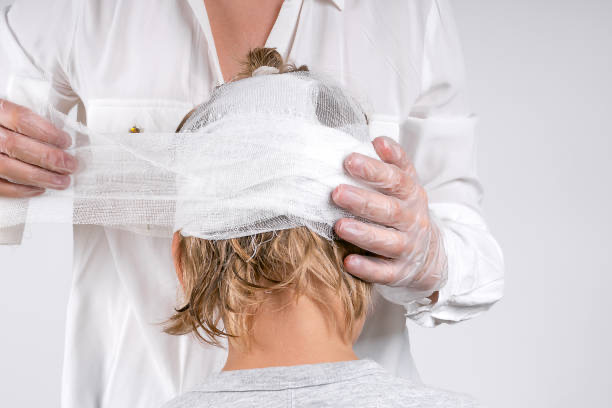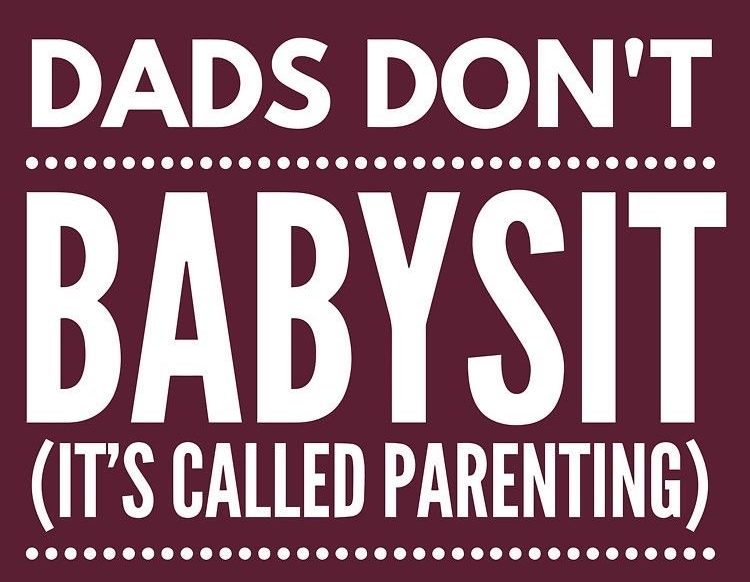Head traumas in the early years of life are quite common to dismiss, but dismissing them when 80% of serial killers have similar head traumas sounds like a recipe for disaster.
Several serial killers have documented childhood head injuries and later engaged in violent, criminal behavior. Head trauma can lead to issues with emotional instability, poor impulse control, and poor decision-making behavior changes, often associated with serial killers.
“Depending on what part or parts of a person’s brain are injured, the individual may experience significant behavioral and emotional changes,” a BrainLine article said.
The statistic showing that 80% of the most high-profile serial killers suffered head trauma during their pubescent years points to a deeper pattern. When trauma occurs early in life, it can interfere with key neurological development. Most serial killers often show significantly reduced activity in the prefrontal cortex, which is crucial for impulse control and moral decision-making.
“Early-life brain injuries, particularly during critical developmental stages, disrupt emotional and social development, whereas brain injuries during adolescence often impair impulse control and judgment,” a National Library of Medicine article said. “For example, the parts of Richard Ramirez’s brain that were damaged were his prefrontal cortex and temporal lobe. These injuries link to his crime, as his crimes escalated in brutality, his sadistic behavior, and his opportunistic and impulsive nature.”
Disruptions in the brain’s structure and wiring are not just theoretical. They show up in measurable differences. Damage to the temporal lobe can affect memory, emotional regulation, and even the ability to recognize social cues. When these areas are impaired during development, they can lead to long-term behavioral issues. Even if the injury seems small, the impact can be serious because no one truly knows what goes on in someone’s head.
They could lose all recognition of how to feel, and if you aren’t paying attention to your child, you could miss it. They could keep developing these issues in their head and begin to crave experiences that are far from morally okay.
“VMPC (ventromedial prefrontal cortex) is indeed a critical influence on moral judgment. Individuals with VMPC lesions exhibit an abnormally high rate of utilitarian judgments on the emotionally salient, or personal, moral scenarios for example, pushing one person off a bridge to stop a runaway boxcar from hitting five people and a normal pattern of judgments on the less emotional, or impersonal, moral scenarios for example, turning a runaway boxcar away from five people but toward one person,” PubMed Central said.
Experts stress that while head injuries can have lasting effects, parental involvement can really make a difference in how a child heals and develops from trauma. Repeatedly dismissing — or even just dismissing symptoms once — can allow subtle brain changes to worsen over time. Without vigilance, parents risk overlooking early red flags, like mood swings, difficulty concentrating or sudden aggression. These symptoms may shape the way their child develops into adulthood and can allow violent tendencies to blossom.
“Children with acquired brain injuries may experience some difficulties under the surface,” a Children’s Trust article said. “It can be useful for parents to think about what’s going on behind the behavior.”










